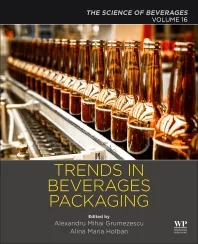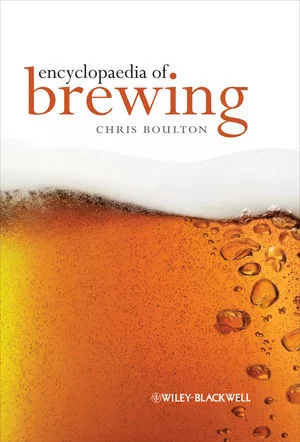Operations Perspective
Bottlers adjust benchmarks for today’s unit sales
Determining the cost per case
Beverage packaging in all categories has generated into a wide variety of configurations that makes the traditional case designation impractical for use as a measurement benchmark. Why? Because, rather than cases of carbonated soft drinks, beer and other beverages in a 24-count container of 12-ounce bottles for the case setup, the production lines are creating package units ranging from four-packs to 12-packs and more.
This is important to bottlers because the traditional case configuration became a cost benchmark used for establishing regular, promotional and special event selling prices in most major marketing locations. With variance in unit content, the cost for each case demands another approach for determining a “cost per case.” What is the content of a unit, group of units or case? Focusing on the cost of a unit/case is significant because it is a basis for management decisions in the cost/pricing arena.
The situation has existed for many years and an “equivalent case” concept has been used and still is in practice to level the playing field of costing. This meant that most bottlers accepted the concept or some variation of their own. The problem is trying to develop a realistic and accurate benchmark for competitive and comparative uses in setting up pricing structures.
From an operations perspective, the cost tracking of production is a never ending task for those responsible for recording, compiling and analyzing raw and packaging materials costs to determine realistic, accurate and beneficial data upon which to base selling prices in complicated and diverse markets.
Importance of unit/case cost can be exemplified by starting with product processing, which is affected by not only material and ingredient costs, but also by packaging costs and supporting equipment over which bottlers don’t always have control.
The processing of raw materials will always be a highly variable and volatile challenge for bottlers because existing products are being reformulated and new products with new ingredients are entering the marketplace. This means product processing requires a tracking system providing the bottler with updated costing data at this point of the supply chain.
With processed product, the package production operation continues the challenge because the variability and volatility become more intense. The costing responsibility involves the machinery and packaging materials that create the beverage unit/case for sale.
Container sizes, packaging configurations and machinery output capability contribute to the cost of units or cases being produced. Containers, cans, plastic or glass establish a real time basis for package cost. Packaging can be a high frequency event because it forms the face of the unit and is subject to marketability decisions. Machinery capability and capacity, major cost factors, must be thoroughly evaluated for their contribution to the unit cost equation.
At this point in the supply chain, a beverage unit has been created for sale. But what is the actual cost for each SKU in a bottler’s menu? Can an equivalent content give the accurate basis necessary for establishing selling prices, or should a monitoring system make it possible to record data on each SKU that would represent real time conditions and result in developing true, accurate and practical cost/pricing for units/cases?
Looking for a reprint of this article?
From high-res PDFs to custom plaques, order your copy today!





